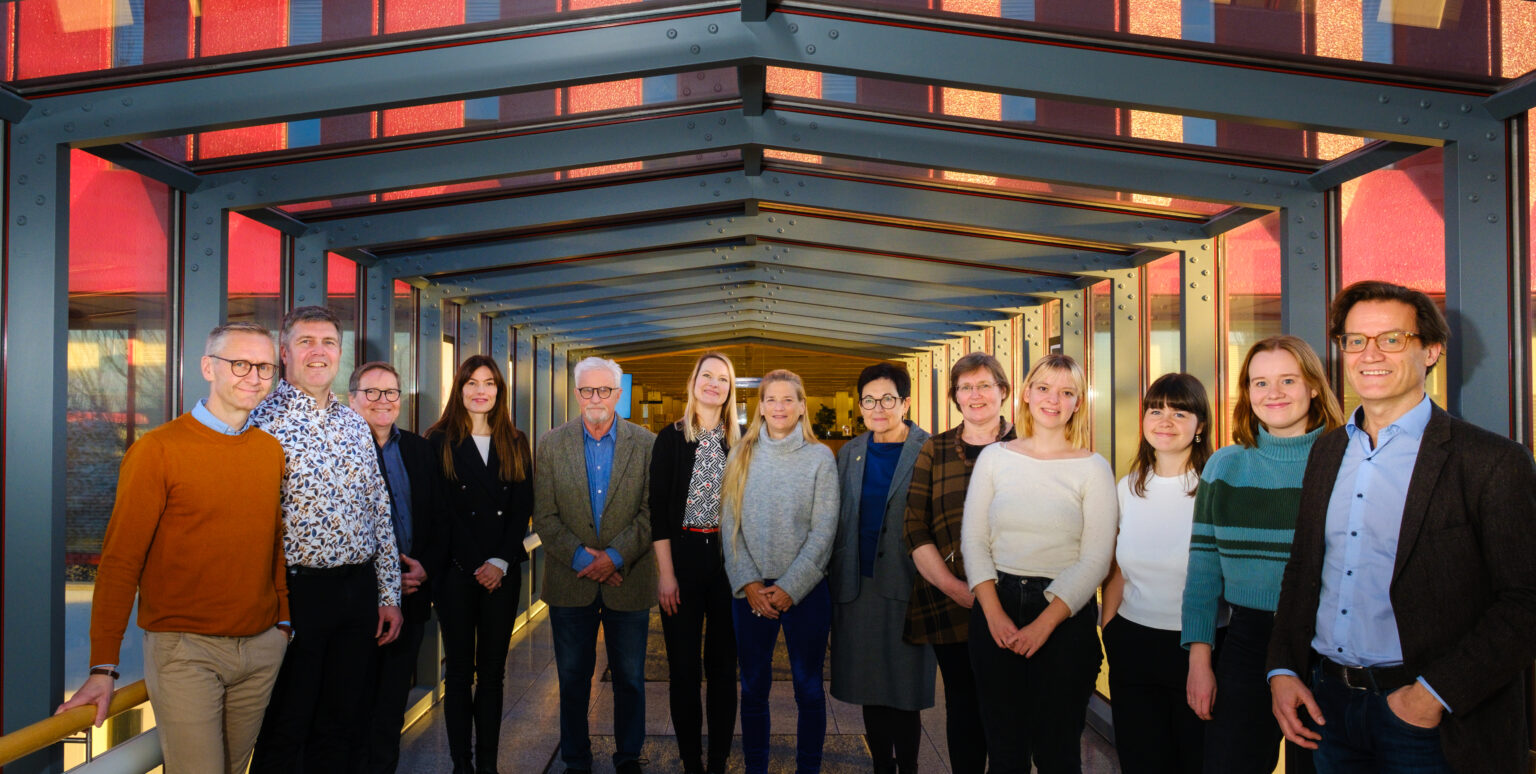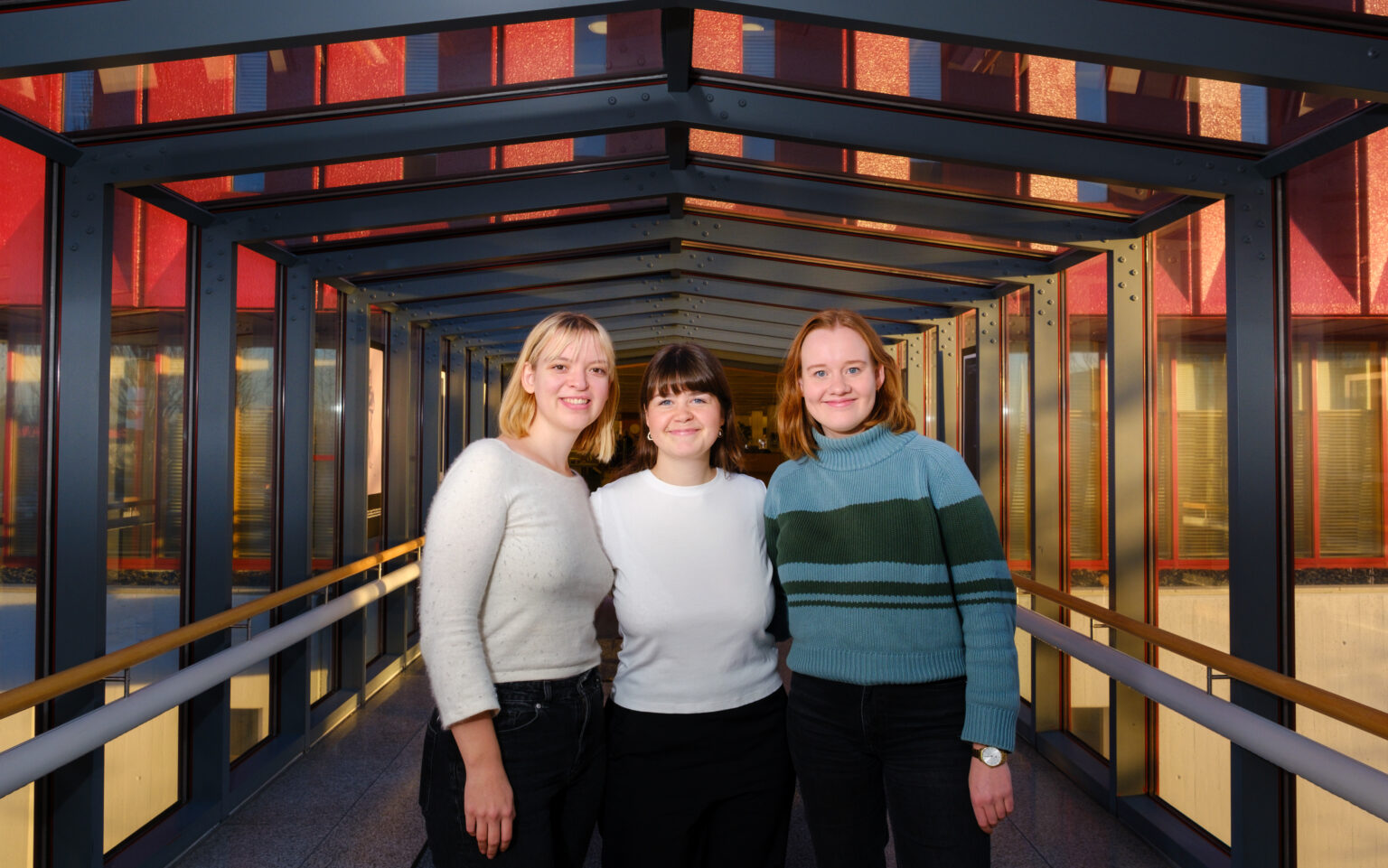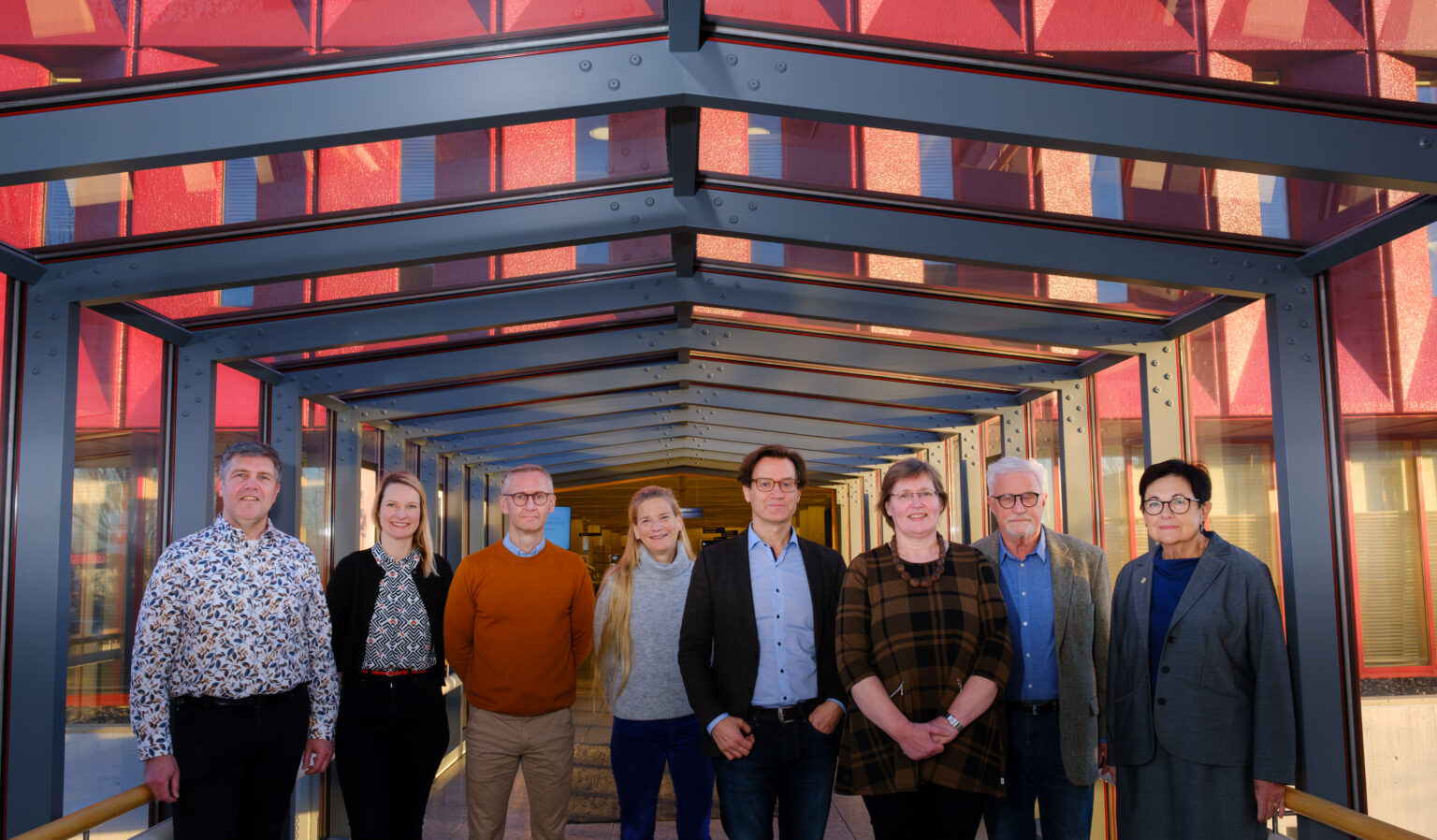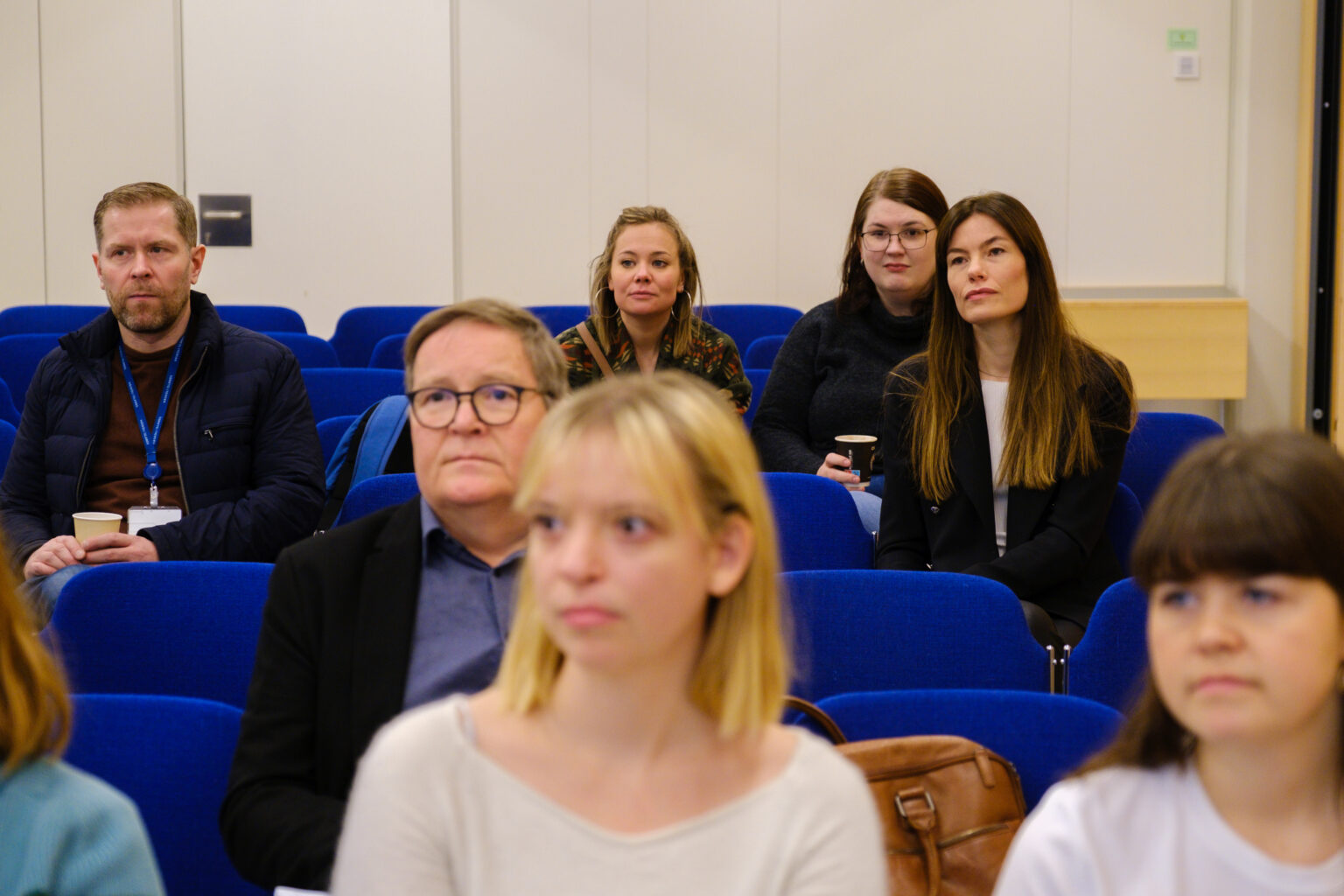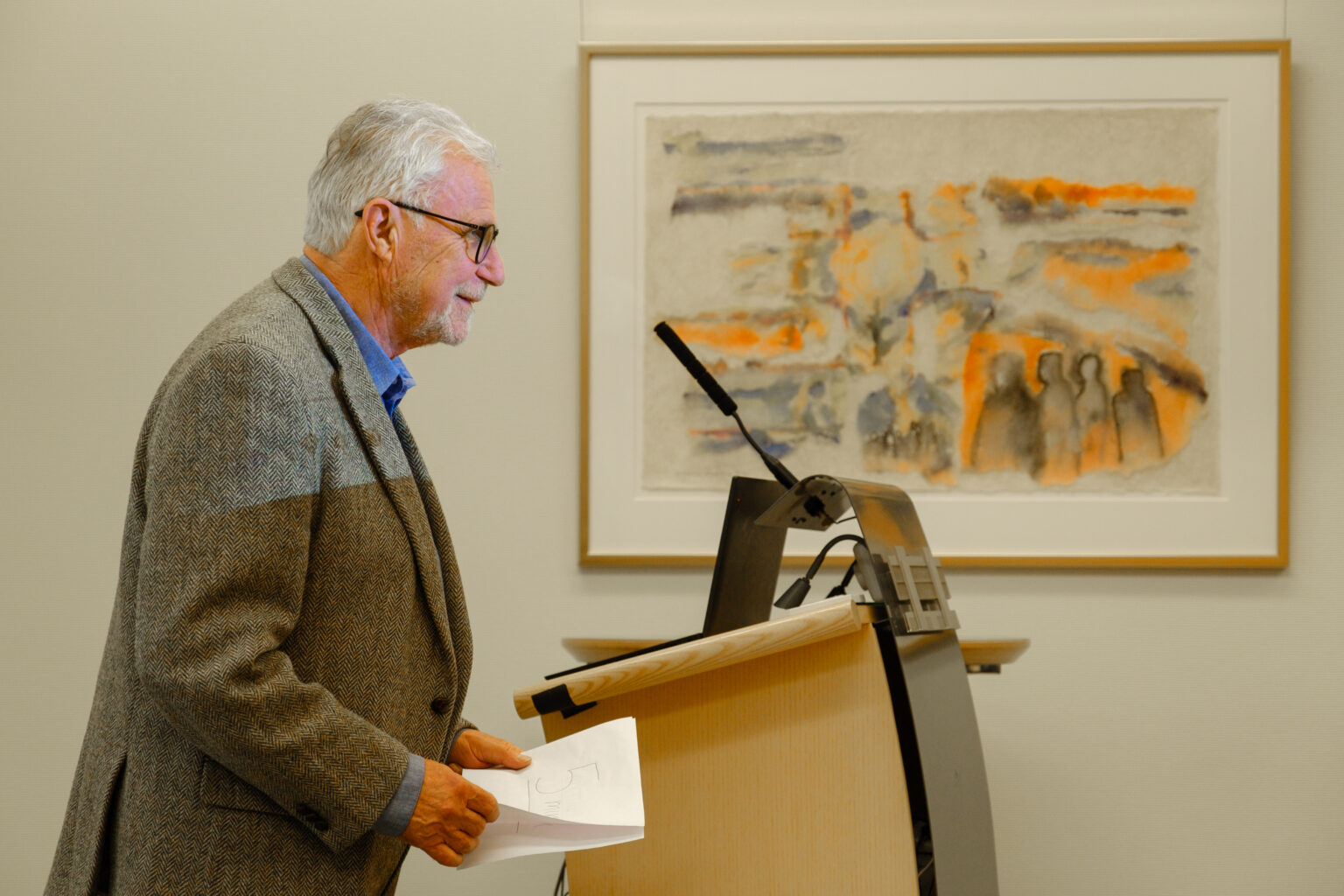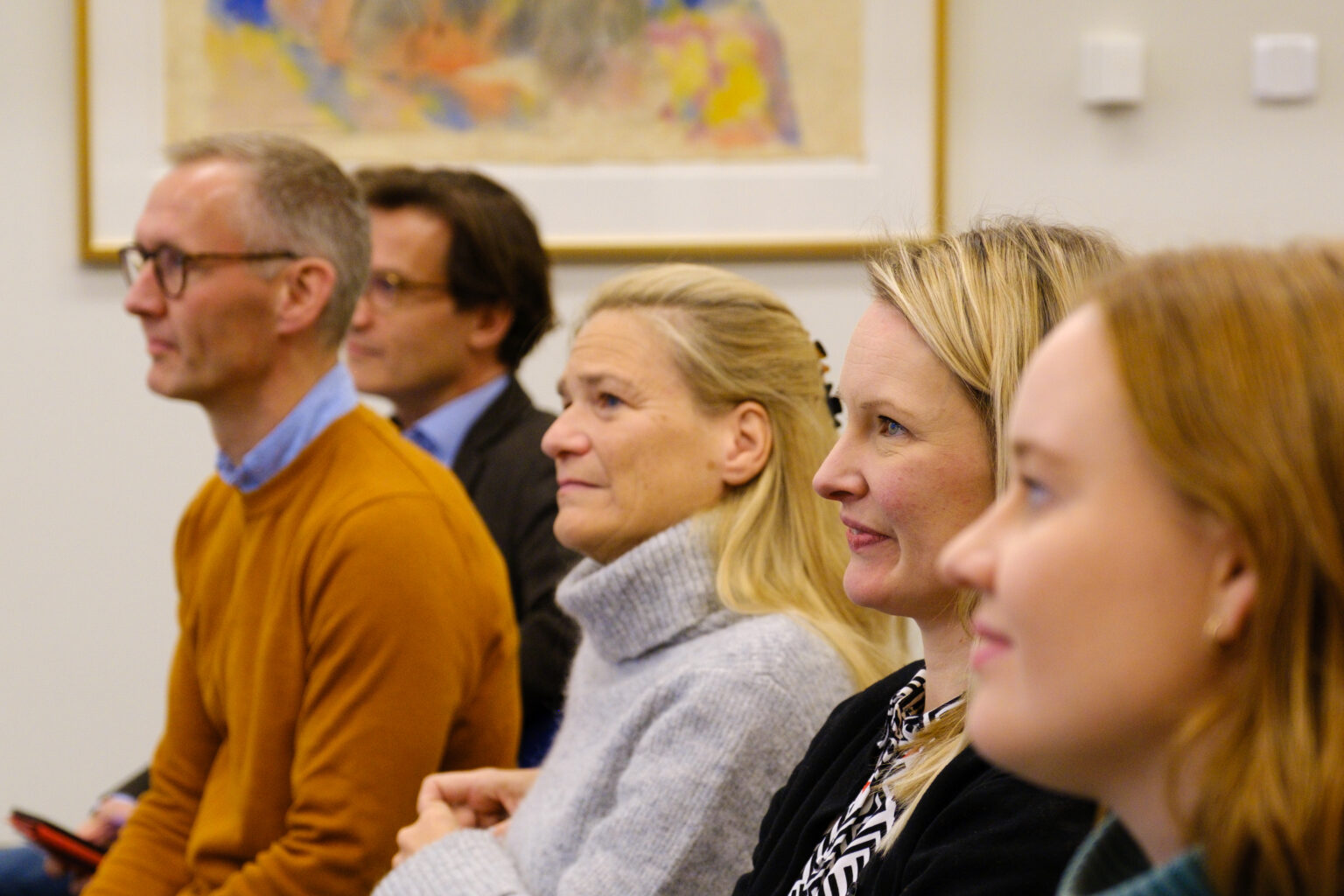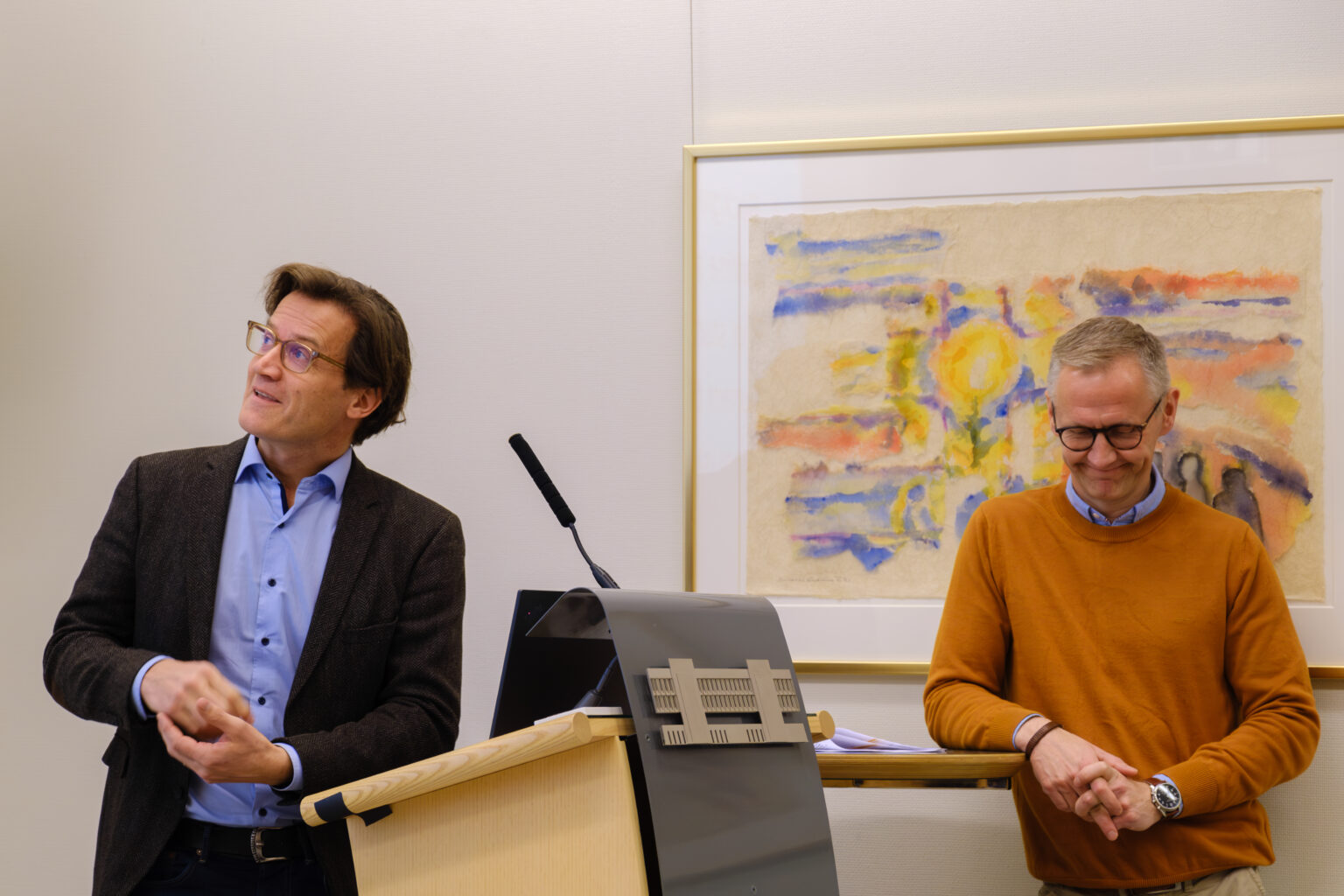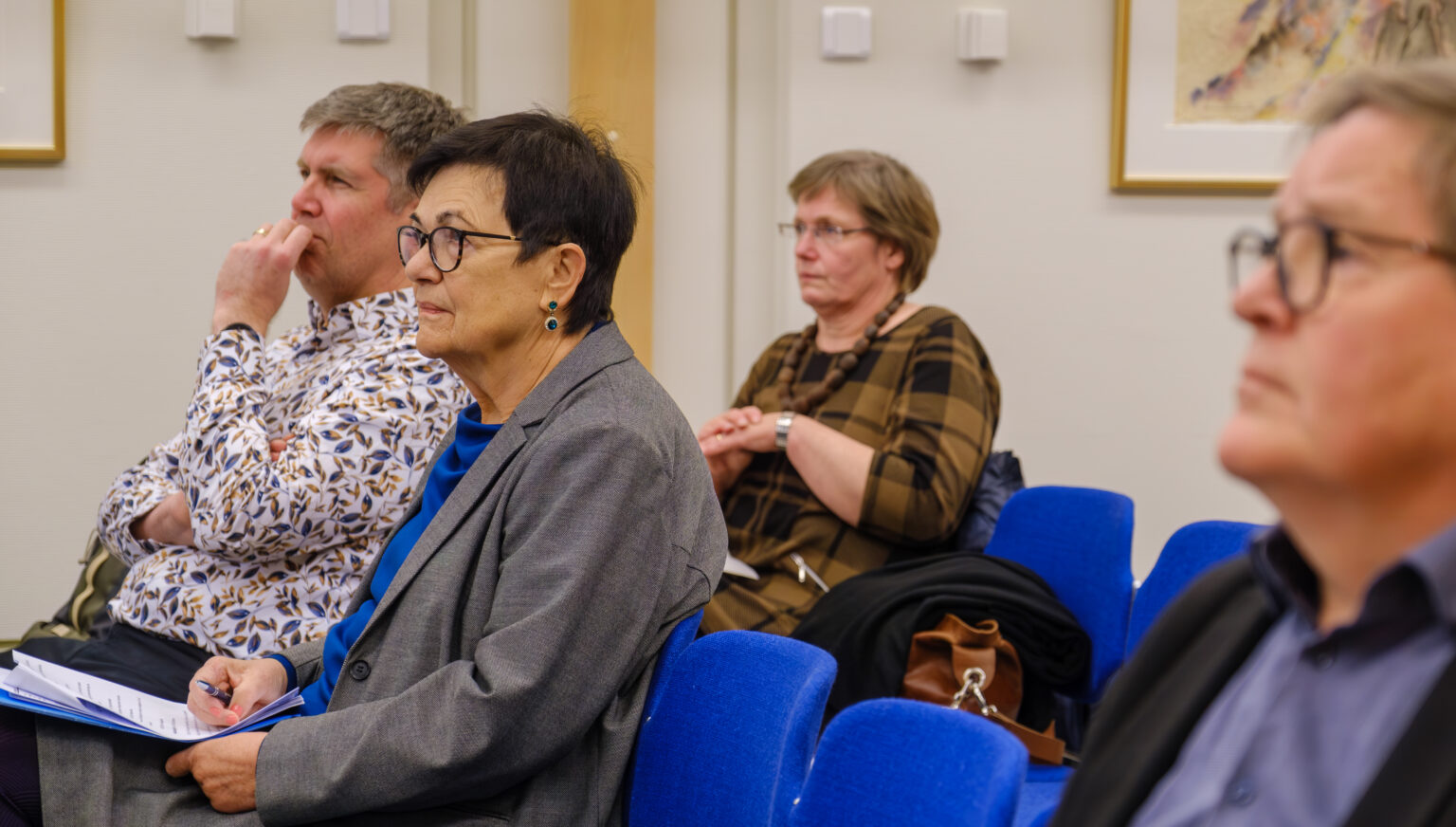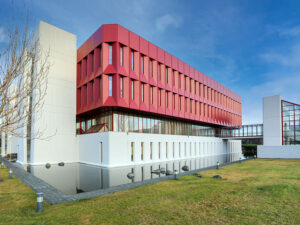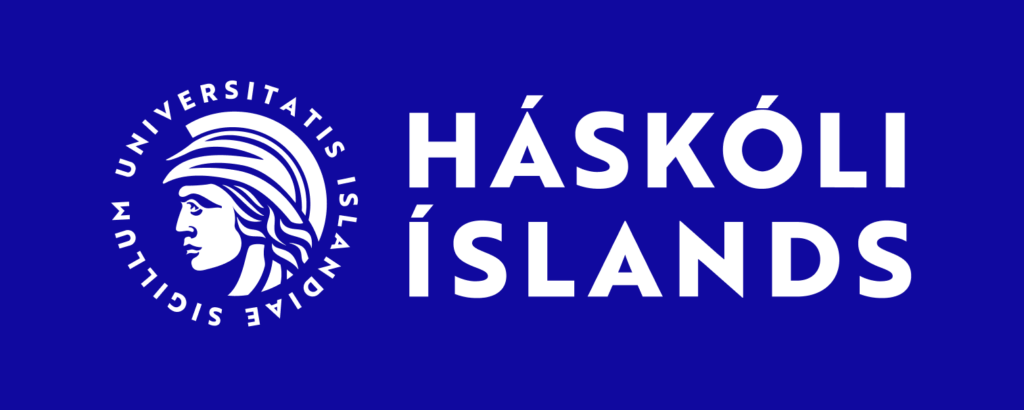Regional pronunciation, attitudes, and real-time change
The project RePARC (Regional pronunciation, attitudes, and real-time change) aims to investigate how individuals change their pronunciation through the lifespan and the extent to which conscious and subconscious language attitudes play a role in explaining such real-time linguistic changes, using the uniquely documented development of local phonological variation in Iceland as a test case. The main empirical goal of the project is to map the current status of the regional pronunciation in Iceland in such a way that the results can be used for a systematic comparison to those of the three major previous overview studies, i.e. Thráinsson et al. (2013), Árnason and Thráinsson (2003) and Guðfinnsson (1946). For this purpose, participants from these previous projects will be included as a subset of informants for the current project, to ensure the continuity of the real-time aspect. The main theoretical impact of the project will be to integrate attitudinal factors into models of phonological change.
The project will be carried out in two main phases, following a mixed-methods approach. On the one hand, 3000 informants aged between 12 and 95 from all around the country will be asked to, firstly, participate in a pronunciation test, secondly, to listen to recordings of speakers of dialects other than their own and, thirdly, give their reaction to these recordings, and to answer a questionnaire on their attitudes towards their own dialect. This phase will be carried out online and its purpose is to get an overview of the current status of the regional dialects in Iceland, including the extent to which they have been passed on to and maintained by new generations, and people’s attitudes towards them. Here, it will be ensured that half the sample of adult informants (around 1000) will have taken part in the RÍN project and/or BG’s study. In the second phase, a total of 300 informants from the first phase will be included. Amongst these will be the people who took part in the RÍN project and/or, to the extent possible, BG’s study as teenagers, and will thus either be around 50 or 90 years of age at this stage and are from the northern or the south-eastern part of Iceland, or the Western Fjords, and either still live there or have moved to the Greater Reykjavík area since RÍN. Furthermore, a group of teenagers from each of the relevant regions will be added to the sample, to create a foundation for further work of the same kind, thereby making the real-time aspect inter-generational. Participants in all these three age groups will be interviewed to follow up the most interesting results that emerge from the first phase and to trace in greater detail the real-time development of the relevant regional features and the possible effect of attitudes on this development.
References
Árnason, K. and Thráinsson, H. (2003). Fonologiske dialekttræk på Island. Generationer og geografiske områder. In G. Akselberg, A. M. Bødal and H. Sandøy, (eds.), Nordisk dialektologi (pp. 151-196). Novus.
Guðfinnsson, B. (1946). Mállýzkur I. Ísafoldarprentsmiðja.
Thráinsson, H., Svavarsdóttir, Á., Rögnvaldsson, E., Jónsson, J. G., Sigurjónsdóttir, S. and Blöndal, Þ. (2013b). Hvert stefnir í íslenskri setningagerð? Um samtímalegar kannanir og málbreytingar. Íslenskt mál, 35(1), 57–127.
News and events
Kick-off seminar 9th of November
A kick-off seminar will be held 9th of November 2023...
Read morePictures from the Kick-off seminar
